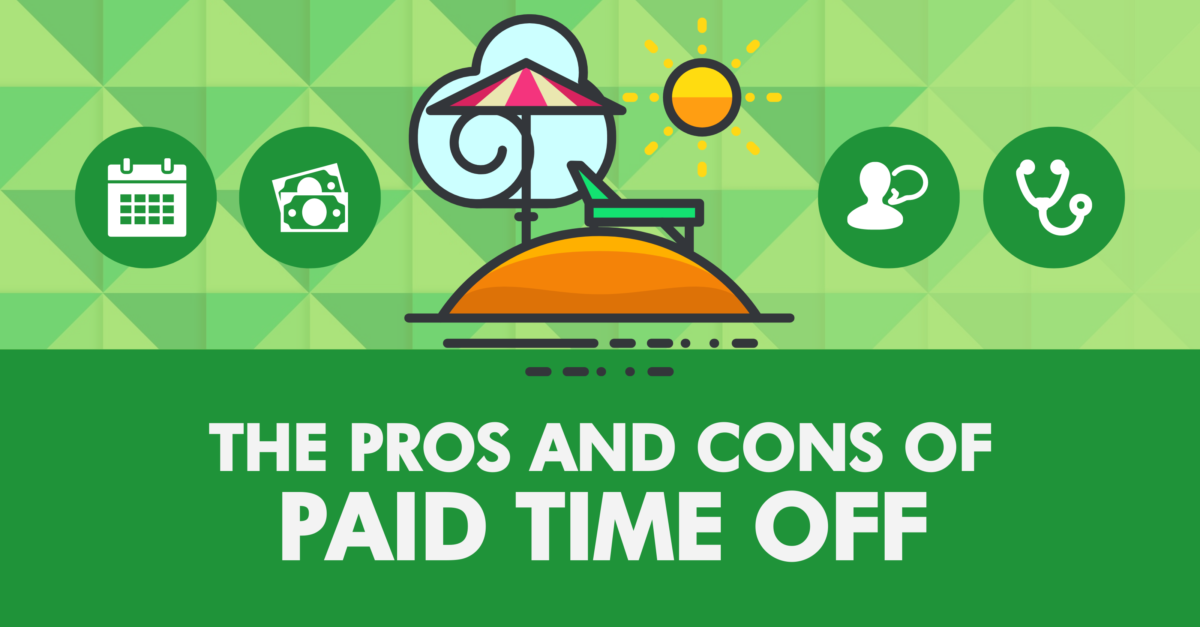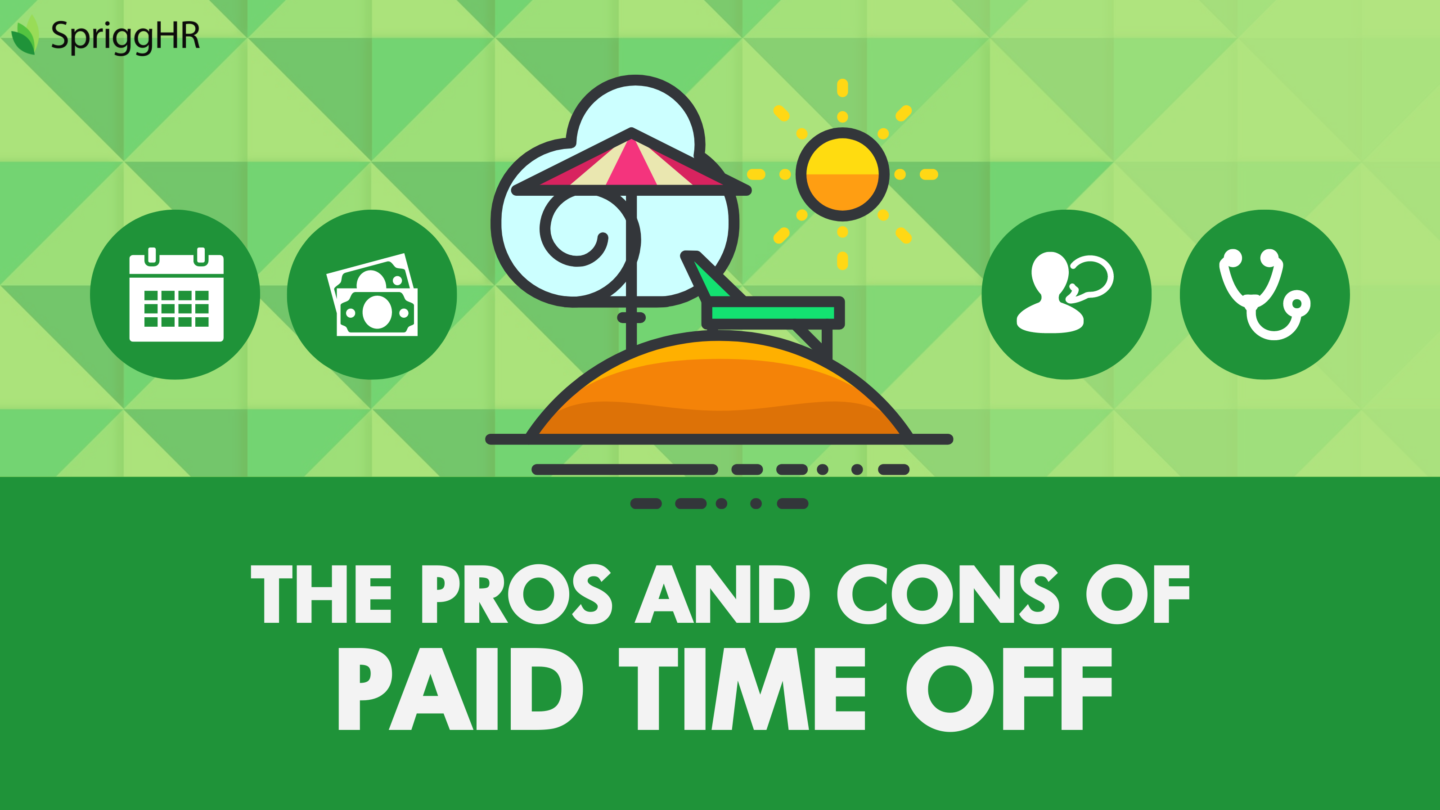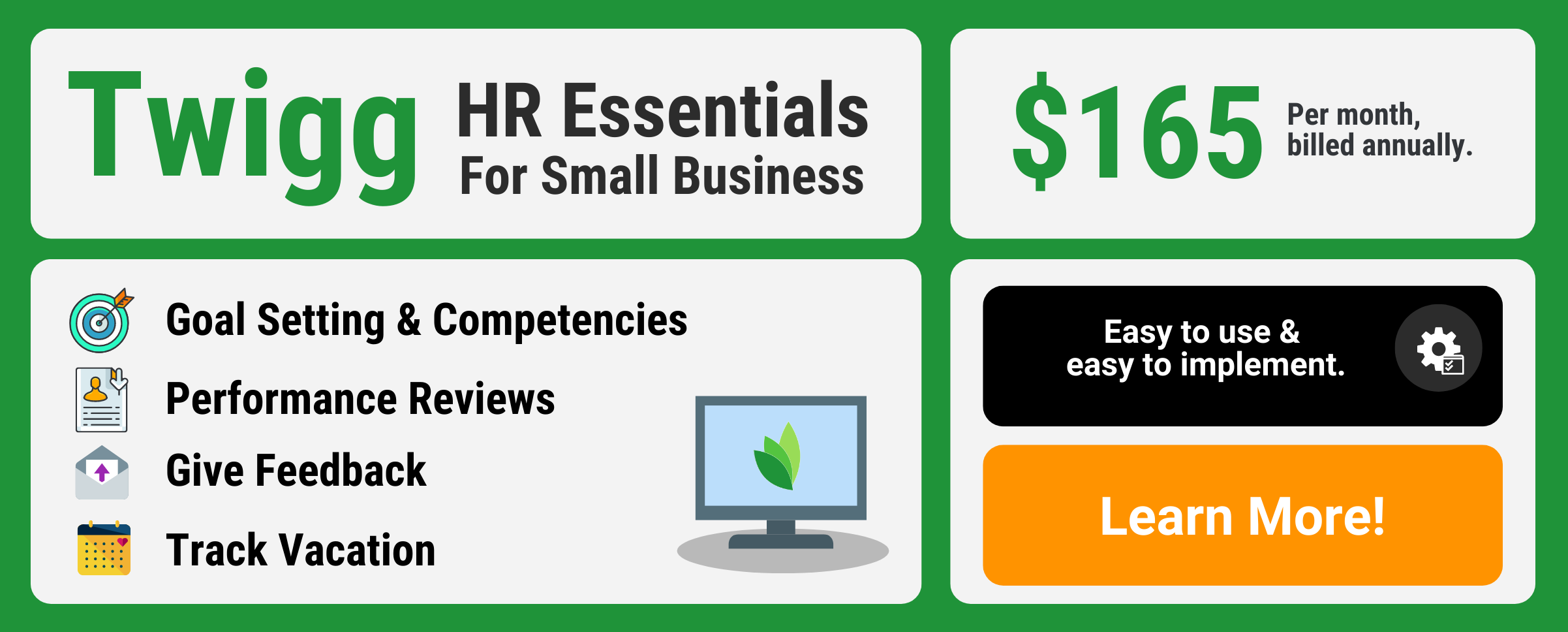
The Pros and Cons of Paid Time Off
Offering separate paid time off benefits according to an employee’s reason of absence sounds unnecessarily complicated, but it was the norm for employers not too long ago. Today, however, more and more organizations have adopted the newer, more flexible approach to absence benefits by incorporating a paid time off (PTO) system that encompasses all absence policies into one all-inclusive plan.
What is Paid Time Off?
A paid time off policy combines vacation, sick time, and personal time into a single bank for employees to use when they take paid time off from work. In essence, as opposed to having the employer differentiate between various benefits according to the employee’s reason for not being at work, a PTO policy creates a pool of days that the employee uses at their own discretion.
When an employee needs to take time off from work, regardless of the reason, the PTO policy allows for a certain amount of that time off to be paid hours. That way the employee uses their PTO hours is up to them, whether it be saved for doctor’s appointments, kid’s school conferences, childcare, or sick leave. Other examples of PTO can include maternity/paternity leave, jury duty, holiday pay, or disability leave. The key is that the use of the paid time off is no longer the business of the employer.
Is Paid Time Off Different from Regular Vacation Time?
While the terms paid time off and vacation tend to be used interchangeably by employees and employers alike, they are not actually the same thing. PTO describes any time an employee is getting paid while being away from work, meaning it is much more encompassing than “vacation”. Essentially, all vacation is Paid Time Off, but not all Paid Time Off is vacation.
Protecting the Employee and Employer
Before implementing a PTO policy in your workplace, there are a few things you will need to do first to ensure the protection of the company’s workload and customer service quality. Requiring employees to request paid time off with ideally one-week prior notice whenever possible is a good practice, unless the employee is truly sick. Aim to establish any other guidelines as needed, including setting parameters for employee sickness, vacation, and personal time, before adopting a firm PTO policy.
The Pros and Cons of Paid Time Off
The Benefits of a Paid Time Off Policy
Well-constructed PTO policies can offer several benefits to employees and organizations alike. By giving employees flexibility to the use of paid time off at their own discretion, managers are not put in the position of having to police their employees’ usage of their benefit, and employees are not put into disclosing what are sometimes very personal situations. Other key benefits include:
- Paid time off gives the employer some control over unscheduled absences, which can become a serious problem not planned for or scheduled properly. When employees schedule their time off in advance through a PTO system, it assists with work coverage costs and planning.
- Employees value the flexibility offered to them by a paid time off policy. Rather than having to follow the guidelines of sick leave or vacation leave policies, it provides them the option to use their paid time off for when they most need it.
- When a company uses a paid time off policy, employees are much more likely to be transparent about their reason for absence. In the past, they may have been less willing to share about why they needed time off from work because they either wanted to preserve their privacy or were concerned about the optics of their absence. With a PTO system in place, employees can make decisions for themselves, cultivating a more transparent employer/employee relationship.
- Employees and the Human Resources department only must track one bank of paid time off hours, as opposed to having to manage separate tracking systems for vacation, sick, and personal days.
When a company incorporates a paid time off policy, it is common for them to start seeing much more vacation time booked from their employees, and much less unplanned sick days in scheduling. This benefits employers significantly. Firstly, employers receive much more notice about scheduled vacations, and can plan for work coverage accordingly and in a timely manner. Second, employees who take vacation time are much more likely to return to work feeling more refreshed and productive, which may in turn reduce the over sick time taken.
The Disadvantages of a Paid Time Off Policy
While the benefits of paid time off policies are numerous, no work policy is immune to downsides. Some disadvantages of adopting a PTO policy can include:
- Employers who implement a PTO policy sometimes fall into the trap of giving their employees fewer overall days off than they had previously, and/or new employees start accumulating paid time off days more slowly than longer-term employees.
- Employees also run the risk of not distinguishing PTO from vacation and begin treating paid time off as vacation time and come to work even when they are sick. It is possible to discourage this practice by optimizing absenteeism management practices, but it is the employer who is responsible for setting the pace and expectations surrounding PTO and modeling the appropriate behaviour for their employees.
- In some regions, accrued paid time off is required to be paid to the employee upon their last day of work at the company, but unused sick and personal time does not have the same regulations. This runs the risk of employees banking up their unused PTO and costing the organization much more upon their separation than if they were to have banked up regular sick and personal time off.
Time Away from Work is Beneficial
Regardless of the vacation, sick, personal, or paid time off policy you implement into your workplace, your primary goal should be to encourage your employees to use it. The benefits of employees taking time off from work are tremendous, and a company culture that supports time off hinges upon its managers leading by example and taking vacation and PTO days themselves. Aim to eliminate the guilt factor that was previously associated from work absences and demonstrate a true interest in how your employees have spent their time off.






